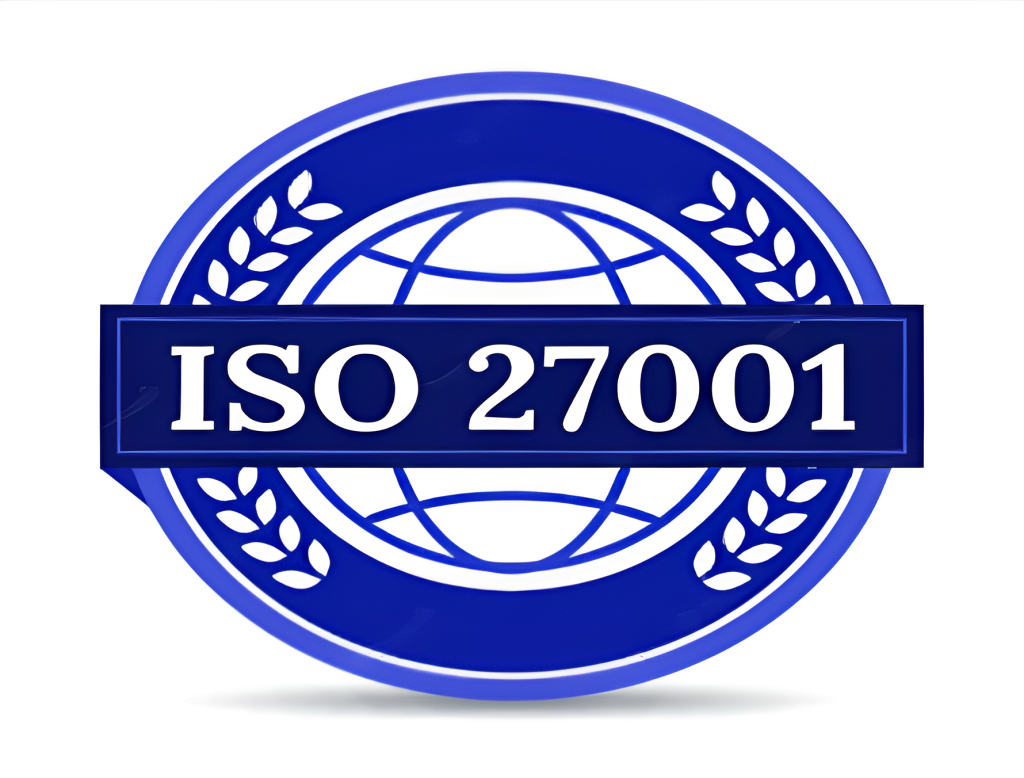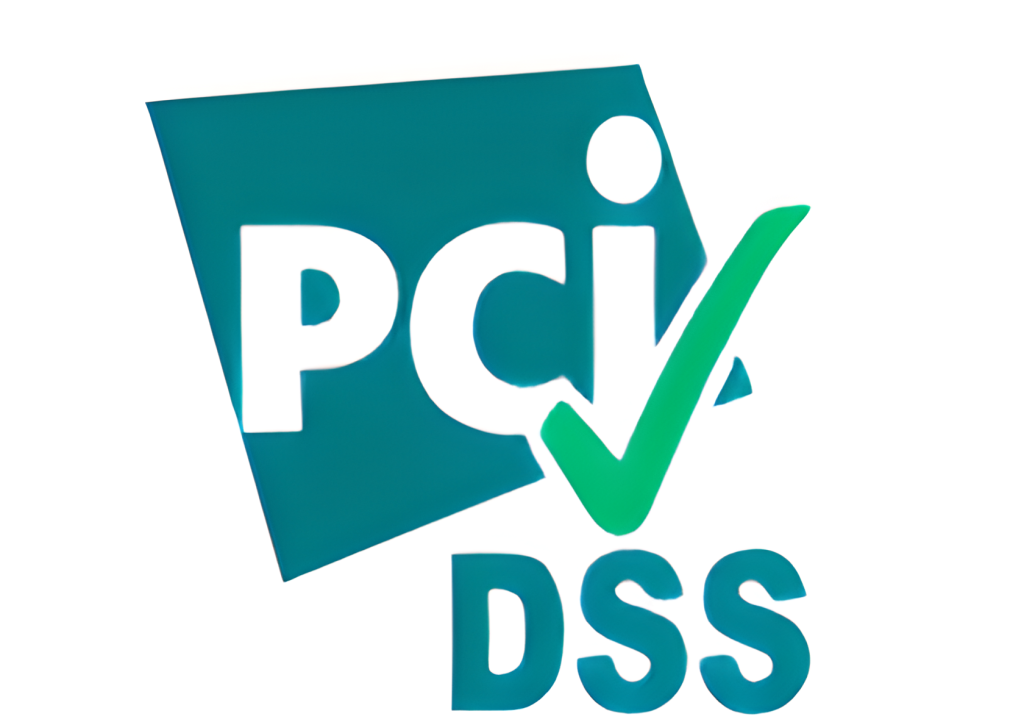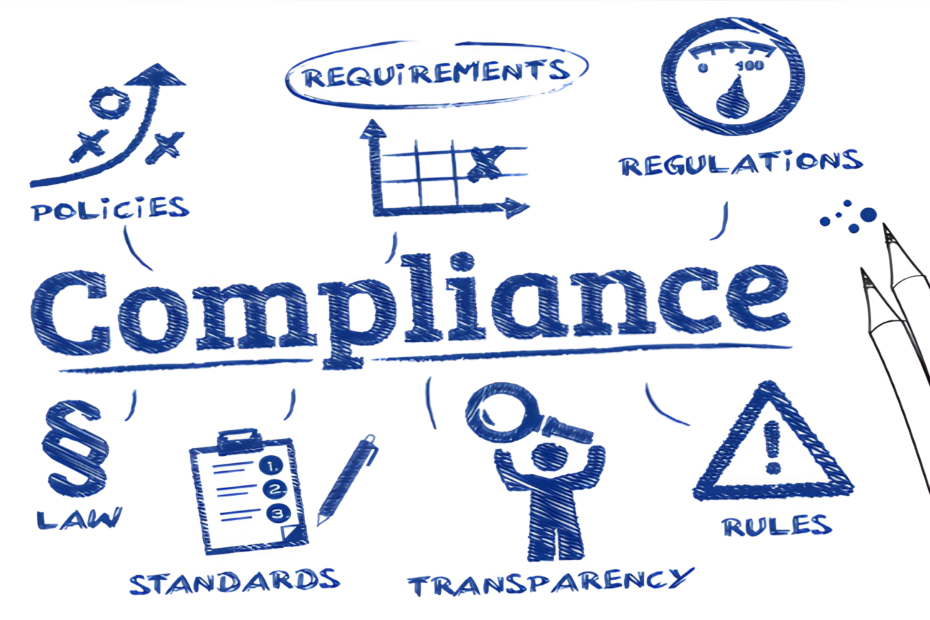Definition:
Security standards refer to a set of guidelines, procedures, and best practices designed to ensure the confidentiality, integrity, and availability of data and systems. These standards are developed by various organizations, including governments, industry associations, and international standards bodies, and they are widely used across different industries to protect sensitive information and prevent security breaches.
Security compliance of Cybersecurity: ISO27001, HIPAA, GDPR, PCIDSS:
In today’s digital world, cybersecurity has become a critical issue for individuals, organizations, and governments. The increasing number of cyberattacks and data breaches have emphasized the need for robust security standards to protect sensitive data and information. In this blog, we will discuss four of the most important security compliance of cybersecurity, which are ISO27001, HIPAA, GDPR, PCIDSS.
Why do we need to follow security compliance?
Security compliance helps to protect sensitive information, such as personal and financial data, from unauthorized access or theft. This can prevent identity theft, fraud, and other types of cybercrime. Many industries and organizations are required by law to comply with certain security standards, such as HIPAA for healthcare, PCIDSS for payment card processing, GDPR for general data protection or ISO27001 for International standard compliances. Failure to comply with these standards can result in fines, legal action, and damage to the organization’s reputation. Security compliance offer recommendations and best practises for reducing security risks, including those posed by social engineering assaults, insider threats, and flaws in software and hardware. Organizations can lower their risk of security lapses and data loss by adhering to these guidelines. By following security standards and regulations organizations can establish trust with their customers, partners, and stakeholders. This can enhance their reputation and provide a competitive advantage.
Security Compliance – Which one to follow?
The best security compliance to choose depends on the specific requirements and needs of your organization. Each of the standards mentioned – ISO27001, HIPAA, GDPR, PCIDSS – has its own focus and scope.
Making a choice on appropriate security compliance would reflect on the company’s specific wants and needs as well as the type of data being handled. In our view, the best security compliance to choose would depend on the specific needs and requirements of the organization. If the organization is in the healthcare industry, HIPAA compliance would be mandatory. If it handles personal data of EU citizens, GDPR compliance would be mandatory. If it accepts credit card payments, PCIDSS compliance would be mandatory. If the organization is operating in India. Otherwise, ISO27001 would be a widely recognized and flexible standard that can be applied to any organization.
ISO/IEC 27001:

ISO/IEC 27001 is an international standard that specifies the requirements for establishing, implementing, maintaining, and continually improving an Information Security Management System (ISMS). The standard provides a systematic approach to managing sensitive company information to ensure its confidentiality, integrity, and availability.
It has wide range of security standards, which are categorised into the following:
- Risk assessment:
This standard requires organizations to conduct a risk assessment to identify the threats and vulnerabilities that could impact the security of their information. - Security policy:
These standard mandates that organizations establish a security policy that defines the framework for the ISMS, and outlines the management’s commitment to information security. - Asset management:
Organizations must identify, classify, and protect their assets, including physical, software, and personnel resources. - Access control:
Organizations must ensure that access to information is limited to authorized personnel only. - Cryptography:
Organizations should implement encryption and other cryptographic mechanisms to protect the confidentiality, integrity, and authenticity of information. - Physical and environmental security:
Organizations should ensure that their physical and environmental controls are in place to prevent unauthorized access, damage, and intrusion. - System acquisition, development, and maintenance:
Organizations must ensure that information security is built into their systems throughout the software development lifecycle. - Incident management:
These standard mandates Organizations should have a strategy in place for handling security incidents, including identifying, reporting, and responding to security incidents. - Business continuity management:
This standard requires organizations to have a plan in place to ensure that they can continue to operate in the event of a security incident or any other disruption. - Compliance:
These standard mandates that Organizations must comply with all relevant legal, statutory, regulatory, and contractual requirements related to information security.
PCIDSS:

PCI DSS (Payment Card Industry Data Security Standard) is a set of security standards designed to protect cardholder data and prevent credit card fraud. The standard is managed by the Payment Card Industry Security Standards Council (PCI SSC).
Here are the security compliance of PCI DSS:
- Install and maintain a firewall to protect cardholder data.
This includes installing and maintaining proper network configurations, and restricting connections to untrusted networks.
- Do Not use vendor-supplied default passwords and security settings.
This includes limiting the capability to what is required, enabling only essential services, encrypting access, and taking other precautions like changing the default passwords.
- Protect stored cardholder data.
This includes having policies for disposing of data, limiting what is stored, avoiding storing certain types of data and other efforts.
- Encrypt cardholder data when transmitting it across open, public networks.
This includes that don’t send unprotected account numbers via email, instant messaging, text, chat or other end-user messaging technology across public networks.
- Use and regularly update antivirus software.
This means performing and documenting periodic scans, as well as ensuring the software is running and other activities.
- Develop and maintain security systems and applications.
This means creating processes to find and act on vulnerabilities, as well as other efforts.
- Restrict access to cardholder data on a need-to-know basis.
This requires defining the access certain roles need, as well as creating user privileges and control systems, among other things.
- Assign user IDs to everybody with computer access.
Businesses should also ensure there’s a way to authenticate users, document their policies in this area and take other actions.
- Restrict physical access to cardholder data.
This means using cameras or other tools to monitor who is in sensitive areas of the business or handling certain equipment, for example.
- Track and monitor everything who accesses networks and cardholder data.
This means having an audit trail, using time-stamped tracking tools, and reviewing logs for suspicious activity and other activities. - Regularly test systems and processes.
Test and inventory wireless access points, do quarterly vulnerability scans and monitor traffic, among other things. - Maintain a policy on information security.
This means writing, publishing and disseminating a policy at least once a year that lays out usage rules for certain technologies and explains everyone’s responsibilities, among other things.
HIPAA

HIPAA (Health Insurance Portability and Accountability Act) is a set of security and privacy standards designed to protect the confidentiality and integrity of protected health information (PHI).
Here are some of the security compliance of HIPAA:
- Administrative safeguards:
The standard mandates that covered organizations implement administrative safeguards like security management procedures, employee training, and contingency planning. - Physical safeguards:
To protect the physical storage of PHI, the standard specifies that covered organizations put in place physical security measures like access controls and building security. - Technical safeguards:
To secure the electronic storage and transmission of PHI, the standard requires covered organizations to put in place technical safeguards like encryption, access controls, and audit controls. - Organizational requirements:
The standard requires covered businesses to enter into agreements with their business partners and to put in place the necessary security measures to preserve the confidentiality and integrity of PHI. - Policies and procedures:
The standard mandates that covered entities create and implement policies and procedures for the use, disclosure, and protection of PHI.
- Breach notification:
In the case of a breach of unsecured PHI, the standard requires covered businesses to notify the impacted parties as well as the Department of Health and Human Services (HHS).
GDPR

GDPR (General Data Protection Regulation) is a set of security and privacy standards designed to protect the personal data of individuals in the European Union (EU).
Here are some of the security compliance of GDPR:
- Lawfulness, fairness, and transparency:
This standard requires organizations to collect, process, and use personal data in a lawful, fair, and in transparent manner. - Purpose limitation:
This standard mandates that personal data be collected and processed only for specific and legitimate purposes. - Data minimization:
This standard requires organizations to limit the collection and processing of personal data to only what is necessary for the specific purpose. - Accuracy:
This standard mandates that personal data should be accurate, and that organizations take necessary steps to ensure that inaccurate data is corrected or deleted. - Storage limitation:
This standard requires that personal data be stored only for as long as it is necessary for the specific purpose. - Confidentiality and integrity:
This standard mandates that organizations implement appropriate technical and organizational measures to protect personal data from unauthorized access, disclosure, and destruction. - Accountability:
This standard requires organizations to be accountable for their data processing activities, and to be able to demonstrate compliance with the regulation.
Reference:
https://www.securitymetrics.com/blog/what-are-12-requirements-pci-dss-compliance
https://egs.eccouncil.org/what-do-you-know-about-iso-27001/
For further clarifications or support, please write to contact@paradigmitcyber.com

